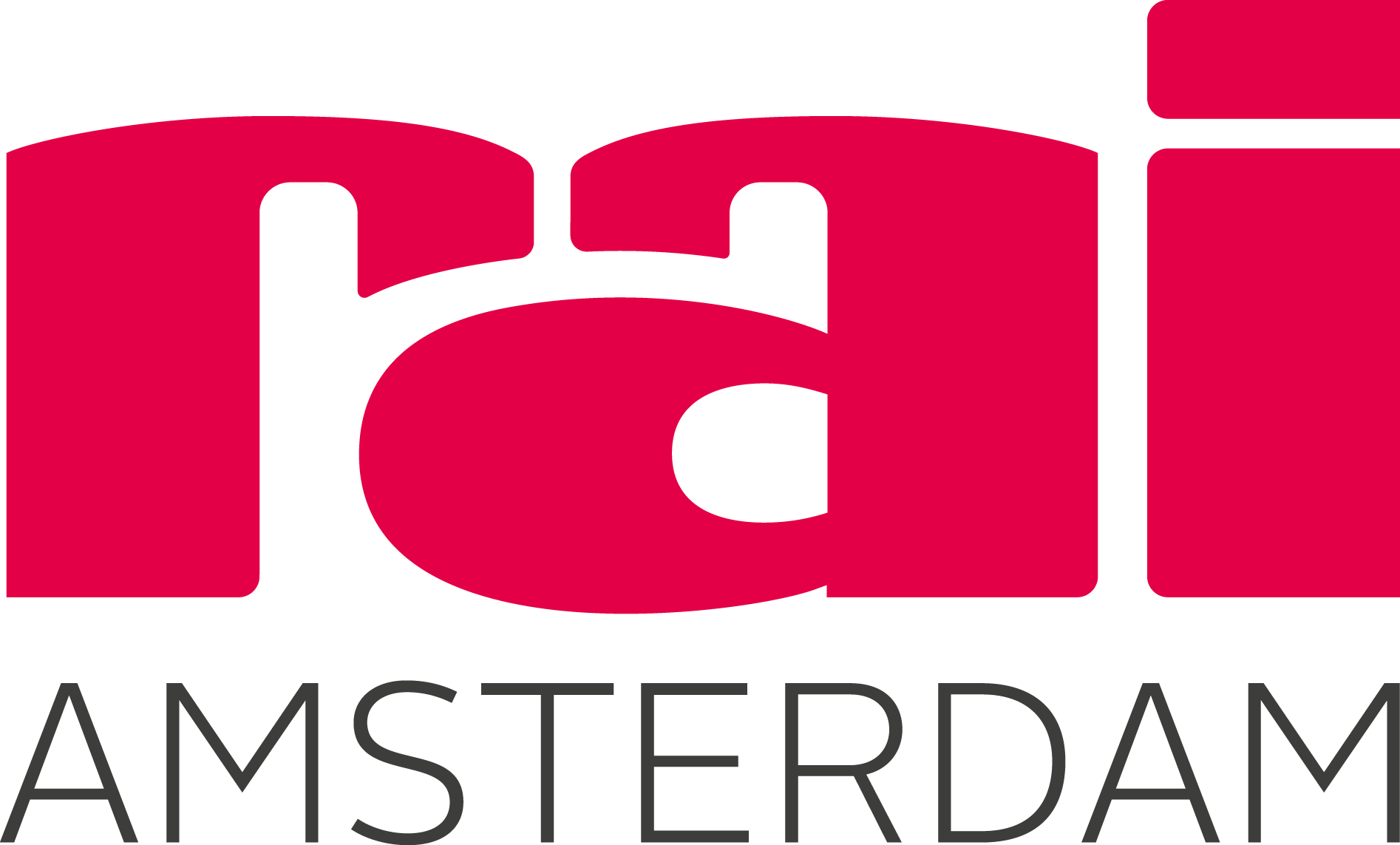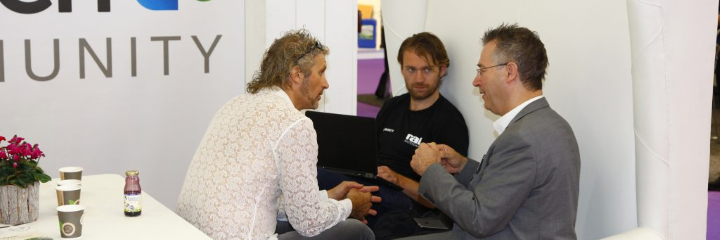Communities – the secrets of a year-round exhibition
Community is the new buzzword in the world of exhibitions. Perhaps you are planning to build a community or have started already. That’s a smart idea as exhibitors and visitors like networking and sharing knowledge before and after the exhibition and facilitating this helps you stay relevant as an organiser. But while much is possible technically, you need to check the reliability of the plan and how it should be approached. What are the pitfalls and success factors?
Everyone is familiar with the effect of exhibitions: bringing a large group of people together to share knowledge over a short period generates a tremendous amount of energy. Can this effect be strengthened and extended? Yes, it can. In 2015 I started building a community for Greentech, the international trade exhibition for innovations in horticulture, and would like to share some of the lessons we learned in the early stages.
Why would you want to?
The first thing to assess is the demand. For exhibitions where a trade association is the driving force, a well-functioning association community may well already be in place. If so there is little sense in reinventing the wheel – you can better use what is already available. No such platform existed in the case of Greentech, however, which was an added reason to establish a community that internationalises the formerly localised sector and puts knowledge in the spotlight.
Existing media or an individual channel?
The next question is whether to use existing channels such as LinkedIn or build a new community? We chose to do the latter, mainly based on the fact that we wanted to retain control over quality and be able to extract data to improve the platform. All members have their own profile and are able to place or respond to messages. We do use social media like LinkedIn, Facebook and Twitter, but always refer to our own platform when doing so.
How to connect people
To build a member database we use existing channels. The platform was launched in April, two months before the Greentech exhibition. This allowed us to use the exhibition communication to connect people and we also led people to the community via the show website, newsletter and social media.
How to provide good content
The content is made for and by the members. We started by actively inviting larger players who already had good content, including large greenhouse builders and universities. We are now looking for smaller players to contribute as well, helping them by providing tips about creating convincing content and offering to edit their articles. There are also various house rules, the main one being to avoid banal advertising texts. Content must be of a high quality and informative.
Can the facilitator assess the quality of the content?
This is tricky. The RAI is not an expert in the field of horticulture so we work with a content board of intrinsic experts who are also involved in the exhibition. They assess the relevance and quality of all contributions.
How to keep the platform relevant
This is not something we do – it is what the members contribute. Nevertheless, we must act as facilitator, measuring which articles are popular and which generate a lot of response. This allows us to assess their relevance. We do the same outside of our own platform. For example, we see major developments in the sector in Russia and China, and ask members to discuss them within the community.
How to determine success
Various KPIs can be easily measured via Google Analytics, such as visitor numbers, bounce percentage, returning visitors and how much time people spend on a page. The most important aspect, however, is engagement: how many people post messages and how people respond. This interaction is the main criterion.
Results
The community increases the value of the exhibition and may increase visitor numbers as well. Members can see what is relevant in advance, learn about innovations and make online contacts. This increases their engagement with the exhibition and ensures people have a clear purpose when visiting. The future should also be taken into account: an exhibition by itself is no longer sufficient. It is important to see it as a brand that connects people all-year round. This is the only way to stay relevant.
How can I apply this to my own exhibition?
A community is not one-size-fits-all so it is important to be aware of the relevant issues and demands as well as what is already available for each exhibition brand. This determines how you can contribute. The difference between B2B and B2C alone is huge. Take your time when you start because a community cannot be easily established. It should be by and for its members, growing in an organic process that can be steered and stimulated but never fully controlled. And you shouldn’t want to control it. Start small, assess, adapt and continue building. Ask the right questions and be willing to listen carefully to your target group. The truth is out there.
{{dic.hendrikjan}}

